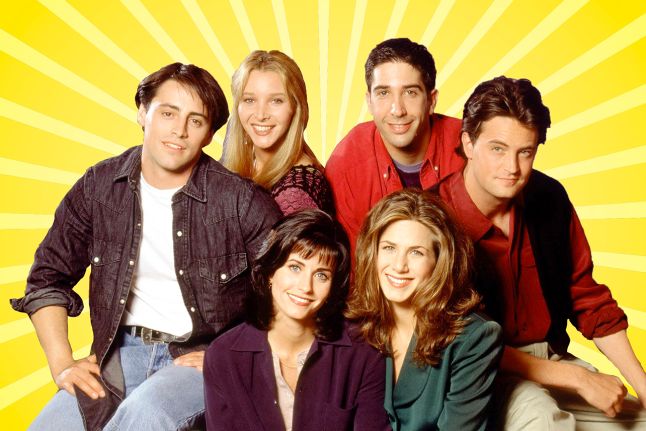Should I Choose GCSE Media Studies or Creative Media Production?
How do you feel about extended writing?
The GCSE course expects you to write in detail about the texts studied.
The BTEC course has some extended writing expectations, but these are much less than in the GCSE.
How do you feel about practical, hands-on work?
GCSE is roughly 70% analysis and writing and 30% practical production.
BTEC is roughly 80% practical production and 20% analysis and writing.
How important is being able to choose your own texts?
The GCSE course has a set of specific texts with limited opportunities to choose alternative ones.
The BTEC course allows students to choose a selection of texts they will analyse and write about.
What exam board do we use?
Eduqas
How are marks awarded?
Exams (x 2) = 70%
Coursework = 30%
What will I study?
Media Studies GCSE (and A Level) is underpinned by a set of theories that fall broadly into four different categories:
1. Media Language
How the media through their forms, codes and conventions communicate meanings
In this we’ll look at how the camera, layout, colour, sound, and a variety of other factors all add to the way that we take meaning from a text.








2. Representation
Here we will look at ideas around stereotyping, how different places, age groups, ethnicities, genders and so on are characterised in a variety of media products, and we’ll consider the wider social implications of such representation.
3. Media Industries
How the media industries’ processes of production, distribution and circulation affect media forms and platforms
Here we consider who makes media products. We ask if we should we applaud companies like Disney for giving audiences what they want or criticise them stifling creativity. We also consider if it matters that so few organisations own so much of the news media among many other focuses.








4. Audiences
How media forms target, reach and address audiences, how audiences interpret and respond to them, and how members of audiences become producers themselves.
Here we’ll ask if audiences are all the same: why do some audiences enjoy something that others dislike? We’ll look at how producers make their products appeal to a particular audience, and consider the audience’s role in shaping how products are created.
What Texts Will I Study?
To illustrate the four concepts above the exam board has chosen a set of media texts to study.
For Component 1: Exploring the Media we look at the following texts










- Please note that we study the Bond film posters and the film industry; we do not watch or study the actual Bond films themselves
For Component 2: Understanding Media Forms and Products you’ll study the following
Television
The full first episode of Man Like Mobeen and a 10 minute segment of the first episode of Friends.
Music Video and Online Media
You’ll look at the following music videos and the website of the two artists
As well as a ‘historical’ music video.
Component 3
This is the coursework part of the subject. Students will be expected to produce their own media text based on a brief from the exam board. This could be a short scene from a moving image product such as a teen drama or music video, or it could be a printed product such as a film poster or magazine cover.
Whichever option we choose students will be taught to use the relevant Adobe software (Premiere Pro or Photoshop) and given guidance and help at every stage.



